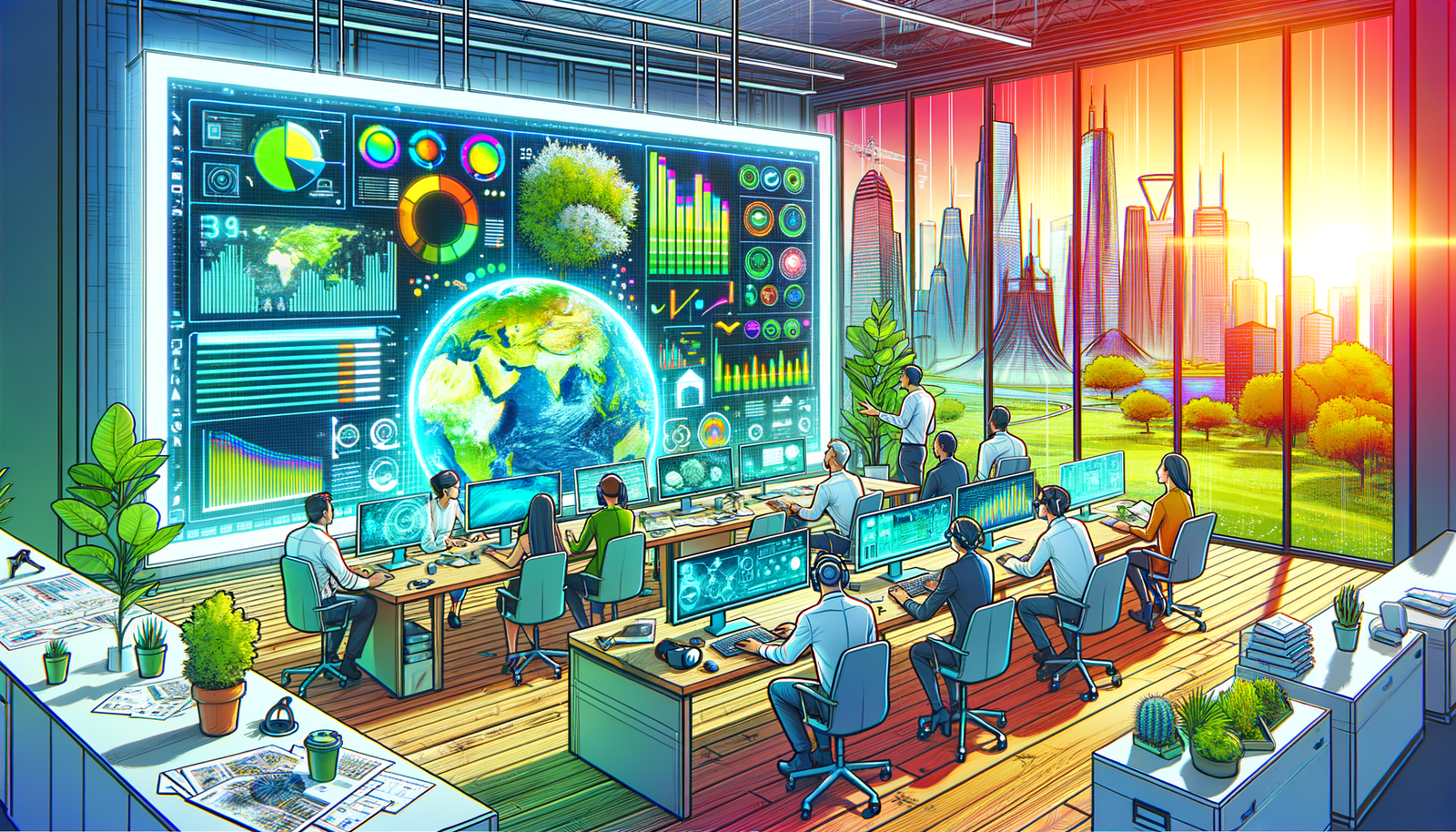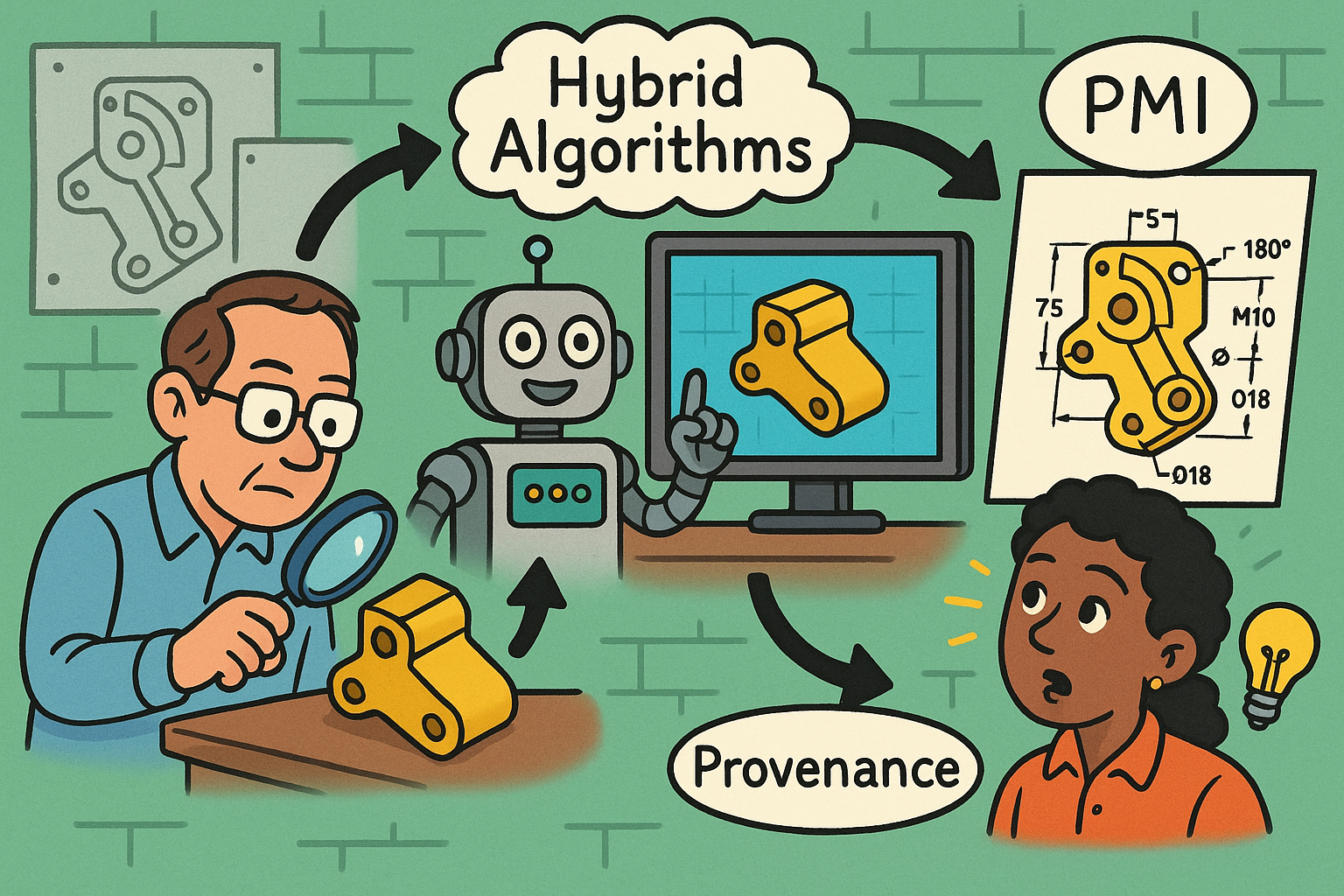Your Cart is Empty
Customer Testimonials
-
"Great customer service. The folks at Novedge were super helpful in navigating a somewhat complicated order including software upgrades and serial numbers in various stages of inactivity. They were friendly and helpful throughout the process.."
Ruben Ruckmark
"Quick & very helpful. We have been using Novedge for years and are very happy with their quick service when we need to make a purchase and excellent support resolving any issues."
Will Woodson
"Scott is the best. He reminds me about subscriptions dates, guides me in the correct direction for updates. He always responds promptly to me. He is literally the reason I continue to work with Novedge and will do so in the future."
Edward Mchugh
"Calvin Lok is “the man”. After my purchase of Sketchup 2021, he called me and provided step-by-step instructions to ease me through difficulties I was having with the setup of my new software."
Mike Borzage
Leveraging Advanced Design Software for Proactive Environmental Impact Analysis
September 22, 2024 3 min read


Introduction to Environmental Impact Analysis in Design
Environmental Impact Analysis (EIA) is a crucial aspect of modern design practices, aimed at evaluating the potential environmental consequences of new developments or projects. This process helps designers and engineers to understand the environmental implications of their work and to make more informed decisions that mitigate negative impacts.
Understanding Environmental Impact Analysis (EIA)
EIA involves a systematic process of evaluating the environmental effects of proposed actions before decisions are made. Its importance lies in promoting sustainable development, ensuring that environmental considerations are integrated into the decision-making process.
Historically, traditional EIA methods were often reactive, addressing environmental concerns only after problems had arisen. In contrast, modern approaches to EIA emphasize proactive measures and the use of advanced technologies to predict and minimize environmental impacts from the outset.
The Growing Need for Sustainable Design
Today, the urgent need for sustainable design is driven by increasing environmental challenges such as climate change, resource depletion, and pollution. Regulatory frameworks and environmental standards are becoming stricter, pushing for more robust EIA processes.
Design professionals are at the forefront of this transition, with a significant role in ensuring that their projects not only comply with regulations but also contribute positively to environmental sustainability. By incorporating EIA into their workflows, designers can significantly reduce the ecological footprint of their projects.
Integrating EIA into Early Design Stages
Software Tools and Technologies
Integrating EIA into the early stages of design involves leveraging a range of software tools and technologies. These include:
- Building Information Modeling (BIM) software
- Computer-Aided Design (CAD) tools
- Specialized EIA software
Key features to look for in EIA tools include:
- Predictive modeling capabilities
- Simulation of environmental impacts
- Integration with other design tools
- Compliance with regulatory standards
Workflow Integration
Incorporating EIA into the design process requires a structured workflow. Here is a step-by-step guide:
- Initial Project Assessment: Evaluate the project's scope and identify potential environmental impacts.
- Selection of EIA Tools: Choose appropriate software tools that meet the project's needs.
- Data Collection and Analysis: Gather relevant data and perform preliminary impact assessments.
- Design Integration: Integrate EIA findings into the design process, making necessary adjustments to mitigate impacts.
- Continuous Monitoring: Use real-time data and updates to continuously monitor and refine the design.
- Final Evaluation: Conduct a comprehensive evaluation to ensure all environmental considerations are addressed.
Benefits of Early Environmental Impact Analysis
Enhanced Decision-Making
Early EIA provides critical insights that inform design choices and material selection. Predictive modeling and simulations enable designers to foresee potential issues and make better-informed decisions.
Cost and Time Efficiency
Integrating EIA early in the design process leads to long-term cost savings through sustainable design practices. By addressing environmental concerns from the start, project delays and costly rework can be significantly reduced.
Regulatory Compliance
Ensuring adherence to environmental regulations and standards is a key benefit of early EIA. This proactive approach helps avoid legal issues and potential penalties, providing peace of mind to stakeholders and project teams.
Future Trends and Innovations in EIA-Integrated Design Software
AI and Machine Learning
The integration of Artificial Intelligence (AI) and Machine Learning (ML) in EIA tools is revolutionizing the field. These technologies enhance predictive environmental impact analysis, offering more accurate and data-driven insights.
IoT and Real-Time Data Integration
The Internet of Things (IoT) plays a pivotal role in dynamic environmental impact assessments by providing real-time data and continuous monitoring. This allows for ongoing adjustments and updates, ensuring that projects remain environmentally compliant throughout their lifecycle.
Collaboration and Open-Source Platforms
Collaborative platforms that facilitate shared environmental data are emerging as valuable resources for design professionals. Open-source tools and community-driven innovations are enabling greater accessibility and collaboration in the field of EIA.
Conclusion
Environmental Impact Analysis is an indispensable component of sustainable design. By integrating EIA into the early stages of the design process, professionals can enhance decision-making, achieve cost and time efficiencies, and ensure regulatory compliance. The adoption of advanced technologies such as AI, IoT, and collaborative platforms will further drive innovation in this critical area.
As we move towards a more sustainable future, it is essential for designers to embrace EIA and stay updated with the latest tools and technologies. This commitment not only benefits the environment but also leads to better, more responsible design practices.
Also in Design News

Recovering Design Intent in Legacy Parts: Hybrid Algorithms, PMI, and Provenance
October 29, 2025 13 min read
Read More
Design Software History: glTF and Khronos: Architecting a Runtime-Centric, Web-Native Format for Portable 3D
October 29, 2025 13 min read
Read More
Cinema 4D Tip: Cinema 4D Pipeline: Project Structure, Xrefs, Caching, and Automation
October 29, 2025 2 min read
Read MoreSubscribe
Sign up to get the latest on sales, new releases and more …


